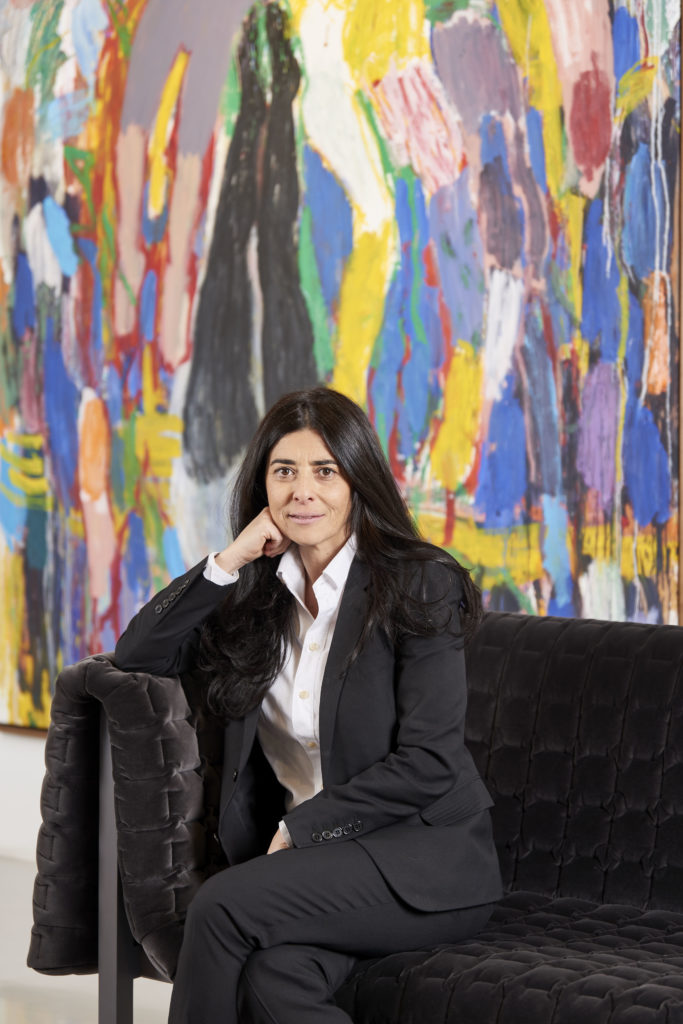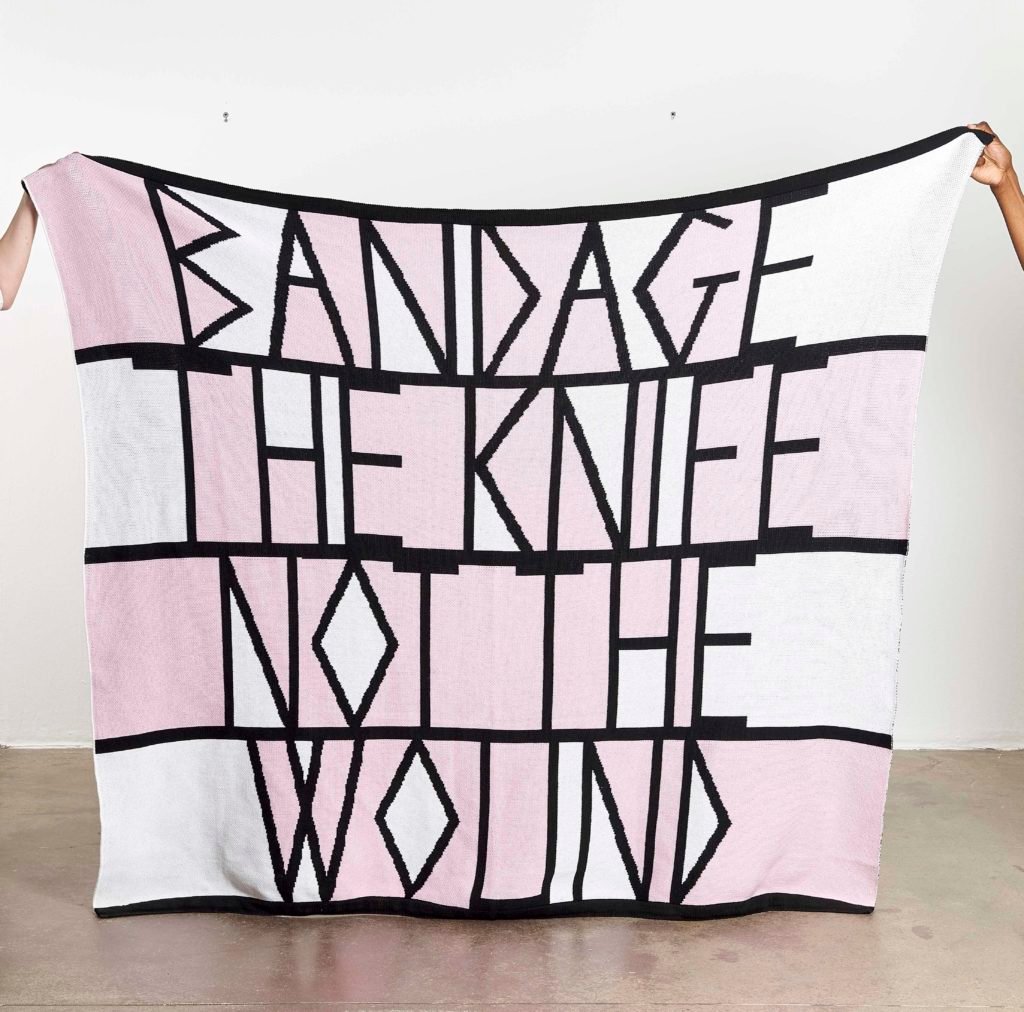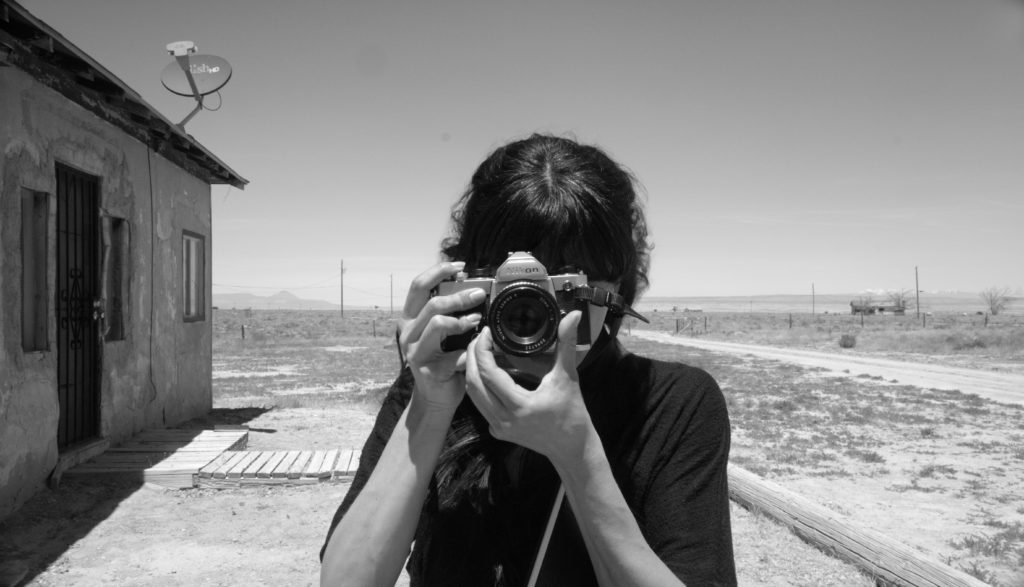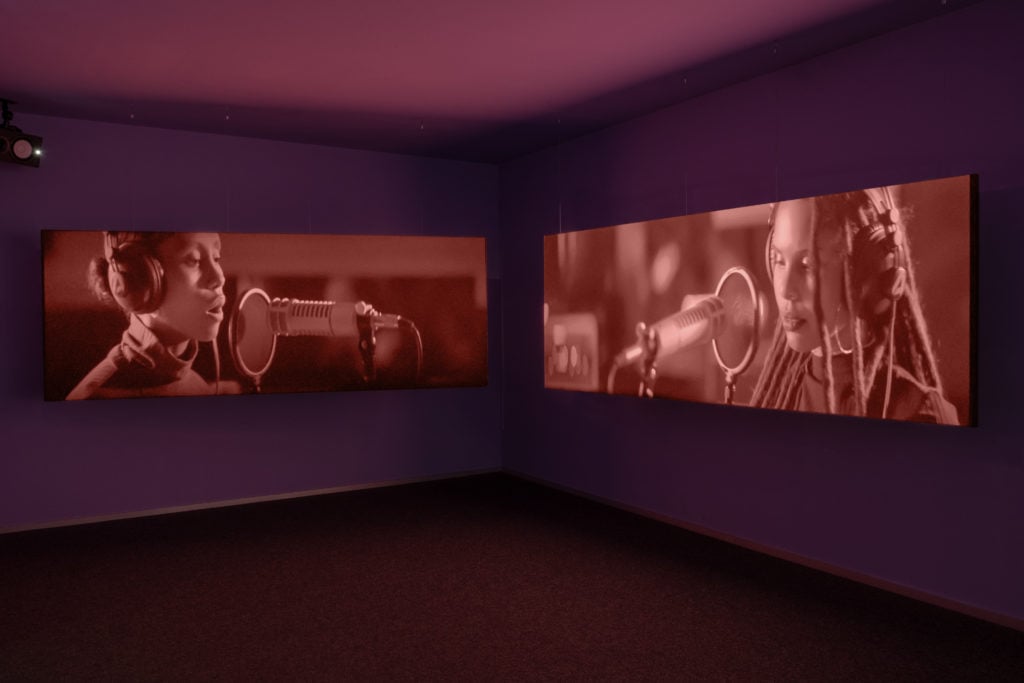Opinion
A Collapsing Art Market Will Hurt Underrepresented Artists the Most. Here’s How to Ensure Their Voices Are Not Lost
The owner of Goodman Gallery, Liza Essers, urges the art world to focus on preserving its hard-won diversity.

The owner of Goodman Gallery, Liza Essers, urges the art world to focus on preserving its hard-won diversity.

Liza Essers

Last month, as we switched off the lights at Goodman Gallery, closing our spaces alongside fellow galleries around the world in response to COVID-19, my head was spinning.
I tried to find comfort in the innovative possibilities of online art-viewing and to seek solace in the healing impact of reduced emissions on the environment, not to mention the joy of extended quality time with my eight-year-old son.
But my mind kept returning to the huge overheads attached to running three galleries across the United Kingdom and South Africa. We are facing a worldwide recession and it is predicted that the economies of African countries will be hit particularly hard.
It dawned on me that the future of the global art world, and whether it will include the diverse kinds of galleries that have been sorely lacking until recently, lies very precariously in the balance.
A week later, South Africa went into lockdown and our fragile economy was downgraded to junk status. For a country that already suffers from the highest inequality on the planet, with unemployment levels impacting almost a third of the population before the coronavirus pandemic, this is a serious blow.
Then I received a call. It was from Dr. Jean Bassett, executive director of the nonprofit Witkoppen Clinic, which gives free medical care to 1.3 million disadvantaged people living in and around Johannesburg. Pulled upright, I was reminded of the already overwhelmed healthcare system in South Africa and my responsibility—as a local business owner—to lend support wherever possible to meet the broader social need.
Driven by a steadfast belief that art can be a conduit for social change, I bolted into action. Days later, Goodman Gallery launched an urgent appeal, partnering with our artists on limited-edition blankets with all proceeds going towards the clinic as they expand their services to extend care to COVID-19 patients.
As the appeal gained traction, orders for blankets flooded in from around the world. The response from collectors was beyond moving, with some people giving generously to the clinic in addition to purchasing a blanket.

Adam Broomberg & Oliver Chanarin, Bandage the knife not the wound (2019). Edition of 50. Courtesy Goodman Gallery.
I felt a renewed sense of hope for the profound facilitating role that galleries, with artists, can play to reach beyond themselves and bring aesthetic joy along with financial aid in times of need. Artist duo Broomberg & Chanarin immediately followed our Witkoppen appeal by slashing the prices of their iconic Chopped Liver Press posters to £25, with all proceeds going towards the clinic. The posters sold out within three hours.
I’m pleased to see that the gallery and artist communities in London—our new home since October 2019—have come together much like our South Africa community. Although the contexts couldn’t be more different, the shared values are strong.
Since Goodman Gallery was founded 54 years ago during the apartheid years, it has faced choppy waters. From opening its doors as a non-discriminatory space for artists of all races in 1966, to fighting a public battle against censorship in the arts in 2012, the gallery has always been steadied by its core values: believing in the power of art as a means for human connection, a critical tool for self-expression, and a catalyst for social change.
These binding values have connected us with galleries around the globe, especially in the Global South, such as Sfeir Semler in Beirut, with which we had planned to share a stand at Frieze New York 2020—a collaboration that I hope to realize in another form this year. The responsibility to sustain one’s business and to contribute towards propping up the fragile infrastructures both within developing art scenes and more broadly within society weighs heavier than ever.
In this moment of heightened need, I have tried to leverage my position as a businesswoman and a gallerist by facilitating across networks, connecting collectors and philanthropists to help purchase 100 more ventilators in local hospitals and, as part of YPO (a global leadership community of chief executives), getting 2,000 “dignity bags” of sanitary essentials to South Africa’s homeless.
In South Africa, along with the rest of the developing world, there is a resounding lack of government funding for freelancers—and by extension, most artists—compared to the support structures available in countries like Germany and the United Kingdom. This is leading the local arts community to mobilize in generous ways through digital platforms.
The Lockdown Collection is one such initiative, launched on Instagram to support the Vulnerable Visual Artist Fund for individuals or organizations in the visual arts as well as the President’s Solidarity Fund, a scheme set up to help vulnerable South Africans in this time. Twenty one of South Africa’s most prized creative minds, including William Kentridge, Sam Nhlengethwa, and Gerhard Marx, have donated works to the initiative, which has already raised hundreds of thousands of Rands (tens of thousands of dollars).
The Centre for the Less Good Idea, an incubator space founded by Kentridge to support emerging creative talents based in Johannesburg, has also proved resilient and resourceful. The center broadcast its entire seventh season of performances online via Facebook, bringing this critical local platform to global audiences for the first time.

Shirin Neshat, still from Land of Dreams. Courtesy Shirin Neshat and Goodman Gallery.
Innovations such as these are a testament to the possibilities for immediate and intimate reach enabled by online platforms. To tap into this, Goodman Gallery is launching new virtual exhibitions and an extended digital program, including a Shirin Neshat film festival and a weekly Instagram Live program—#ThursdayLIVE—to bring people close to our artists’ developing practices in this moment of introspection and alternative thinking.
There is amazing global momentum to shift towards the digital within the arts, but with all the innovation in the world, sales are not guaranteed and rent and general overheads remain in place, which could cripple our businesses. Indeed, nothing can be taken for granted at this stage.
On a brighter note, for collectors this is an unprecedented moment in which artists at all levels are prepared to give much deeper discounts for their work. It has been heartening and important to see serious collectors strive to continue the momentum of addressing major gaps in their collections, especially with work by artists from the African continent and the diaspora.
I received another call not long after South Africa entered lockdown, this time from Gabrielle Goliath, last year’s winner of the Standard Bank Young Artist Award for Visual Art. She is an artist of great integrity who has dedicated her practice to exposing and unpacking the epidemic of gender-based violence in South Africa and around the world.
Gabrielle talks about the desperate situation faced by many women trapped with abusive partners under lockdown, especially in South Africa, which has some of the most gutting statistics of rape and femicide. During week one of lockdown, reports of gender-based violence leapt up to 2,320—37 percent higher than the weekly average. This alarming statistic included a policeman who was arrested for allegedly raping his wife.

Gabrielle Goliath, This song is for…. Installation view. Photo by Maksim Belousov.
Our conversation was another sobering reminder that supporting artists in Africa can be a lifeline to supporting entire communities. It is so important to ensure that the art world remains outward-looking, engaging in diversity at a time when nationalism is on the rise and borders are becoming more impenetrable.
Like most artists, Gabrielle has had her projects postponed, suspending her reach in a time when issues such as gender-based violence require heightened visibility.
Artists around the world are responding to lockdown conditions in different ways, with some pausing their practices and taking stock (not all by choice), while others are making work with renewed momentum and verve. We need our artists to be able to press pause or play with the security of future support in the form of diverse platforms and sustained support from collectors and institutions.
In the coming weeks and months, I hope to find a balance between inward- and outward-looking initiatives, and to be part of an art world that is supportive, seeking out collaborative models to connect with collectors in new and meaningful ways and pooling resources where possible. We are already beginning to see this happening in pockets of New York and London. This collaborative effort needs to extend far beyond the traditional art centers.
As galleries and museums adapt with remarkable speed, opening our virtual doors to exciting new online experiences of art, it is also the time to pause ourselves and reflect on how each of us can contribute towards preserving the diverse arts ecosystem that has taken so long to bring into being.